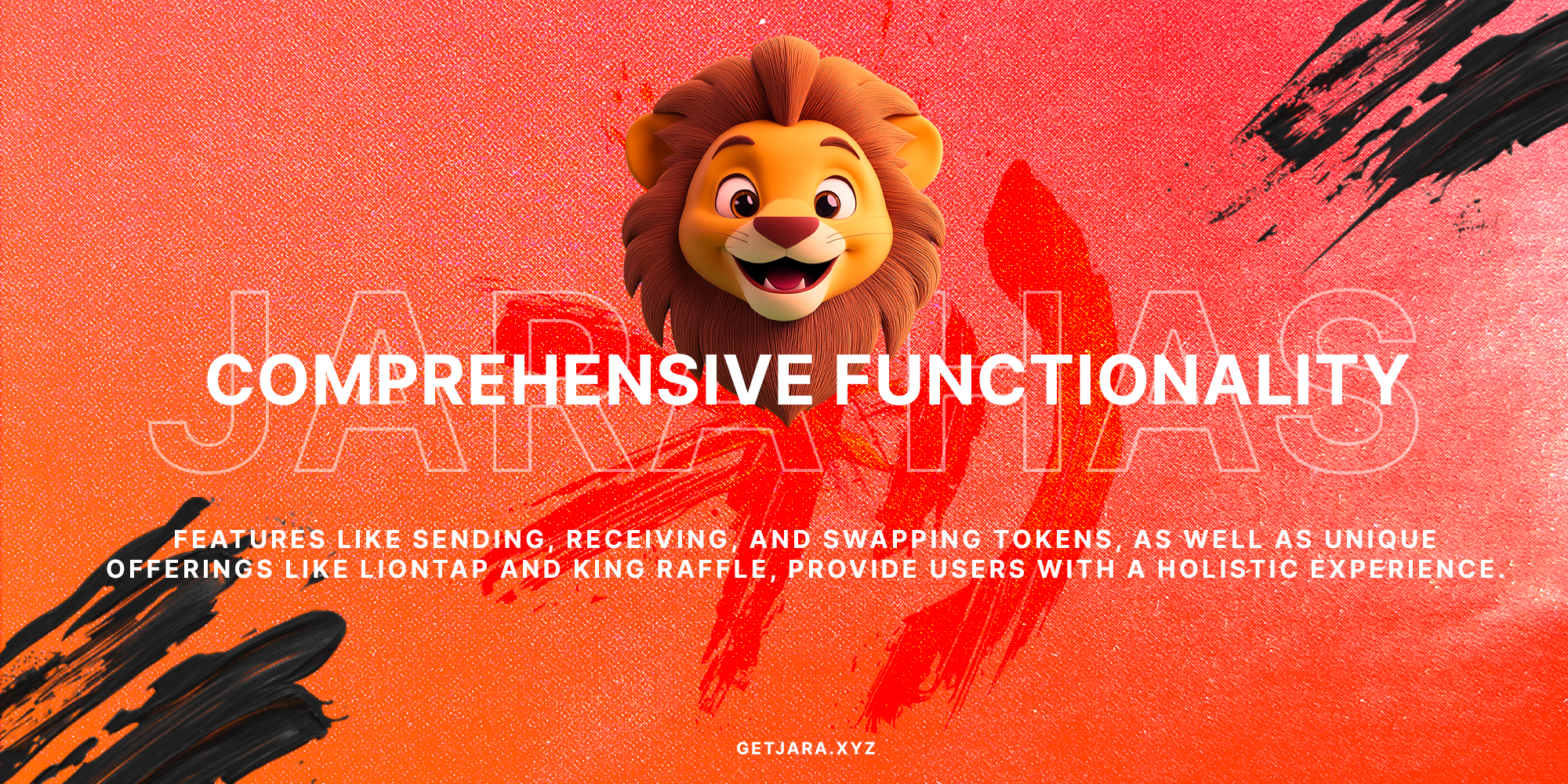Exploring Ethereum: The Pioneer of Smart Contracts
Ethereum, launched in 2015, is arguably the pioneer of smart contracts and a leading platform in the blockchain space. Known for its robust ecosystem and the widely-used programming language Solidity, Ethereum has become the go-to choice for developers creating decentralized applications (DApps). But what exactly sets Ethereum apart in the ever-evolving world of blockchain technology?
What are Ethereum Smart Contracts? Ethereum smart contracts are self-executing contracts with the terms of the agreement directly written into code, executing automatically when predetermined conditions are met.
Unique Features of Ethereum
- Robust Ecosystem: Ethereum’s ecosystem boasts a vast array of DApps, decentralized finance (DeFi) platforms, and various token standards like ERC-20 and ERC-721, which facilitate the creation of both fungible and non-fungible tokens.
- Turing Completeness: The Ethereum Virtual Machine (EVM) offers Turing completeness, enabling the platform to execute any computational logic given enough resources. This flexibility allows for the development of complex smart contracts and DApps.
- Large Developer Community: With its open-source nature and comprehensive resources, Ethereum has fostered a vibrant developer community that continually contributes to its improvement.
- Interoperability: Ethereum’s ability to interact with other EVM-compatible chains like Polygon and Avalanche enhances its adaptability, making it a preferred choice for many emerging projects.
Challenges Facing Ethereum
- Scalability Issues: Despite its popularity, Ethereum faces notable scalability challenges, often resulting in high transaction fees and slower processing times.
- High Gas Fees: The cost of executing transactions on Ethereum can be prohibitive for many users, particularly during times of high network congestion.
- Security Concerns: Although secure, Ethereum smart contracts are susceptible to vulnerabilities such as reentrancy attacks and integer overflows, necessitating rigorous coding and audit practices.
To address these challenges, the Ethereum community is actively working on Ethereum 2.0, an upgrade aimed at improving scalability, reducing energy consumption, and lowering transaction costs by transitioning from a Proof of Work (PoW) to a Proof of Stake (PoS) consensus mechanism.
“Ethereum cannot be killed; it’s impossible.” This sentiment, echoed by industry leaders, underscores Ethereum’s entrenched position as a cornerstone of blockchain technology.
The Impact of Ethereum on Africa’s Digital Economy
In regions like Africa, where financial inclusion and digital transformation are vital, Ethereum offers promising solutions. By enabling the creation and management of smart contracts on its platform, Ethereum supports innovative projects that could bridge the worlds of finance and technology.
Jara, an ambitious fintech initiative, is leveraging Ethereum’s capabilities to fuel Africa’s $200B+ digital asset economy through its proprietary technologies. Using Ethereum’s smart contracts, Jara is facilitating cross-border transactions, tokenization of assets, and financial inclusivity, ensuring smooth operations within its ecosystem. Projects like these exemplify how Ethereum can play a pivotal role in Africa’s economic growth.
Invest in $JARA: Fuel Africa’s $200B+ Digital Asset Economy and participate in a revolutionary ecosystem. By utilizing Ethereum’s technology, we invite you to join a transformative journey aimed at redefining financial landscapes.
Conclusion
Even with its challenges, Ethereum’s pioneering role in the blockchain realm remains undeniable. As it evolves with innovations like Ethereum 2.0, its influence is likely to expand, providing more opportunities for global enterprises and emerging economies alike to harness the power of decentralized technology.
This content aims to provide an informative and engaging insight into Ethereum’s role in smart contracts, highlighting both its strengths and areas for improvement. It also establishes connections with African digital economies, emphasizing Jara’s initiatives. The structured content, with headers, lists, and callouts, ensures clarity and enhances readability, aligning with the goal of SEO optimization and reader engagement.
Core Principles of Blockchain Platforms: Ethereum vs Solana vs Cardano vs Polkadot
In the rapidly evolving blockchain space, four primary platforms – Ethereum, Solana, Cardano, and Polkadot – each offer unique advantages and challenges. What makes these blockchains distinct from each other, and which might emerge as dominant? Let’s dive in and explore!
“Ethereum cannot be killed; it’s impossible.” – This sentiment reflects the resilience and evolution of Ethereum amid rising competition.
Ethereum: The Pioneer
Ethereum, often considered the pioneer of smart contracts, supports a rich ecosystem of decentralized applications (DApps) and non-fungible tokens (NFTs). Utilized by developers globally, Ethereum’s smart contracts run on the Ethereum Virtual Machine (EVM), known for its Turing completeness and versatility.
- Key Feature: Extensive DApp ecosystem and wide adoption.
- Advantage: Strong developer support and community.
- Challenge: High gas fees and scalability limitations.
The impending Ethereum 2.0 aims to address scalability by transitioning from a Proof of Work (PoW) to a Proof of Stake (PoS) model, potentially increasing transaction speed and efficiency significantly.
Ethereum’s transition from PoW to PoS could boost transaction speeds by over 7,000-fold, promising a faster, more efficient network.
Solana: The Speed Demon
Solana is designed for speed and low transaction costs, making it a popular alternative to Ethereum. With its innovative Proof of History (PoH) consensus mechanism, Solana processes over 50,000 transactions per second.
- Key Feature: High throughput and low latency.
- Advantage: Extremely low transaction fees.
- Challenge: Concerns over network decentralization.
Cardano: The Research-Driven Approach
Founded on peer-reviewed research, Cardano balances security with scalability using its own Ouroboros PoS protocol. Cardano employs both Plutus for complex contracts and Marlowe for financial agreements.
- Key Feature: Dual-language approach for security.
- Advantage: Strong focus on sustainability and security.
- Challenge: Slower to market due to rigorous development process.
Cardano boasts one of the largest and most dedicated crypto communities, driven by continually updated plans and innovations.
Polkadot: The Facilitator
Polkadot focuses on interoperability among various blockchains, featuring a unique architecture of a central relay chain and multiple parachains. This model encourages the integration of independent blockchains into a cohesive ecosystem.
- Key Feature: Supports diverse blockchains through parachains.
- Advantage: High scalability due to its relay chain.
- Challenge: Complexity in understanding and implementing parachains.
Polkadot enables cross-chain messaging and transfers, providing unparalleled interoperability between different blockchain systems.
Comparative Analysis: Finding the Right Fit
Choosing the right blockchain platform depends on your specific needs. Here’s a quick comparison to help guide your choice:
| Feature | Ethereum | Solana | Cardano | Polkadot |
|---|---|---|---|---|
| Transaction Speed | 15 TPS | 50,000 TPS | 7 TPS | 1,000 TPS (Relay Chain) |
| Consensus Mechanism | PoW (soon PoS) | PoH | Ouroboros PoS | Relay Chain & Parachains |
| Gas Fees | High | Low | Moderate | Varies |
Conclusion
Each blockchain has pioneered unique solutions to the challenges of speed, cost, decentralization, and interoperability. Your choice should hinge on those factors and how they align with your project’s goals.
Ethereum remains a stalwart with its expansive ecosystem and imminent upgrades. Solana’s speed caters to DApps that demand high-volume transactions, while Cardano’s secure and research-driven approach offers reliability. Meanwhile, Polkadot’s interoperable framework breaks down barriers between isolated blockchains.
In the blockchain landscape, it’s not about a single winner. Each platform presents serve distinct needs, paving the way for a multichain future.
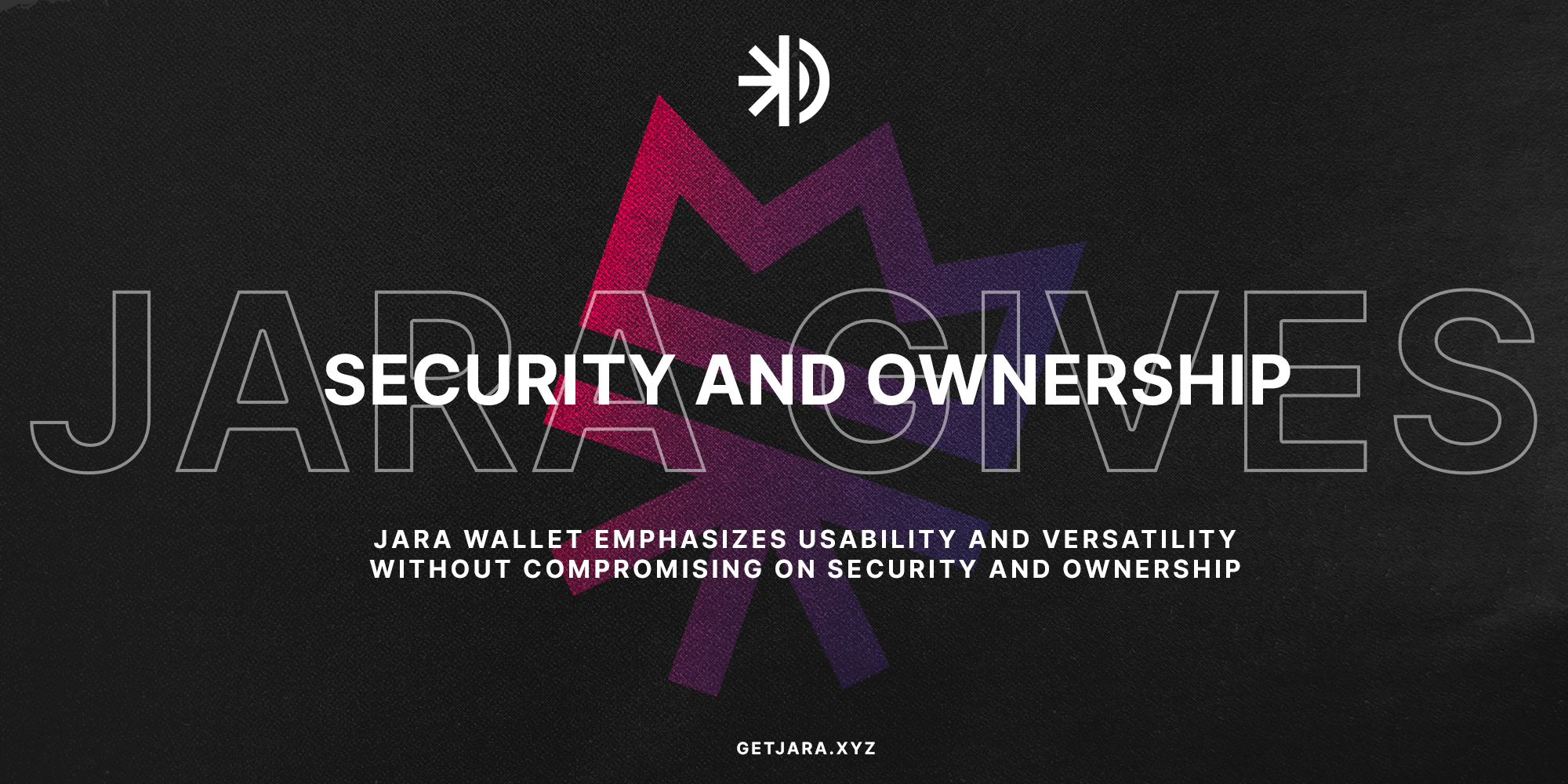
Understanding the Intricacies of Smart Contracts on Different Blockchains
You’ve likely heard about terms like smart contracts and blockchains buzzing around. But what’s the real scoop on how these contracts operate across different platforms? Let’s break it down by looking at Ethereum, Solana, Cardano, Polkadot, and others.
Ethereum: The Trailblazer in Smart Contracts
Did you know that Ethereum is considered the pioneer of smart contracts, influencing countless other blockchain developments?
Ethereum pioneered smart contracts, allowing developers to build decentralized applications (DApps). Using the Ethereum Virtual Machine (EVM), developers can create complex applications thanks to its Turing-complete nature. However, the need for gas to execute each operation has its limits, ensuring that the system remains stable by preventing infinite computational loops.
Solana: Speed and Efficiency in Blockchain
Solana is built for speed, reportedly handling up to 65,000 transactions per second (TPS). This efficiency stems from its unique Proof of History (PoH) mechanism combined with a parallel execution structure.
- Performance: Achieves high transaction throughput with reduced latency.
- Development Languages: Primarily uses Rust and C for secure, efficient smart contracts.
“Solana’s approach with PoH significantly enhances speed, making it a popular choice for developers prioritizing efficiency.”
Cardano: Balancing Security and Usability
Cardano takes a unique approach by employing a dual-language system with Plutus and Marlowe. Plutus enables complex contract development, while Marlowe focuses on clarity and ease for financial contracts.
| Feature | Cardano Approach |
|---|---|
| Turing Completeness | Plutus (Yes), Marlowe (No) |
| Security | Emphasizes formal verification and security audits |
This strategic choice enhances security by ensuring contracts always complete their execution — no infinite loops here!
Polkadot: Interoperability for a Multi-Chain Future
Polkadot, with its unique relay chain and parachains model, excels in interoperability. Designed by Ethereum co-founder Gavin Wood, Polkadot facilitates communication between diverse blockchain networks, unlocking new possibilities.
- Core Strength: Inter-network communication and shared security.
- Smart Contracts: Supports various environments like ink! and EVM compatibility.
By connecting public and private blockchains, Polkadot fosters a dynamic, interconnected blockchain environment.
Comparative Insights: Solana, Cardano, and Polkadot Versus Ethereum
We’ve touched on what makes each platform unique, but how do they stack against Ethereum, the current smart contract giant? Here’s a quick breakdown:
| Blockchain | Strength | Weakness |
|---|---|---|
| Solana | Speed and efficiency | Hardware requirement complexity |
| Cardano | Security and formal verification | Transaction and scaling delays |
| Polkadot | Cross-chain interoperability | Complexity in structure |
“With many blockchains eyeing Ethereum’s market share, users have more choices than ever for deploying smart contracts.”
In conclusion, while Ethereum remains a dominant force, Solana, Cardano, and Polkadot offer compelling features and benefits that cater to varied development needs. The choice of platform often boils down to what you prioritize: speed, security, or connectivity. Whichever path you choose, we’re here to support your journey with expert guidance and unwavering dedication.
The Role of Cryptocurrency in Modern Trading Systems
Cryptocurrency has brought a paradigm shift to modern trading systems, offering both opportunities and challenges. In today’s digital age, where technology and finance increasingly intersect, cryptocurrencies are reshaping how we view and interact with money. But how did we get here, and where are we headed?
Understanding Cryptocurrency
At its core, cryptocurrency is a digital or virtual form of currency using cryptography for security. Unlike traditional currencies issued by governments (fiat money), cryptocurrencies operate on decentralized networks based on blockchain technology. This decentralization ensures greater security and transparency, two critical features that have captured global attention.
Why Cryptocurrency Matters
- Decentralization: One of the main appeals of cryptocurrency is its decentralized nature. By removing the middleman (usually a bank or government), users can experience lower transaction fees and faster processing times.
- Transparency: All transactions conducted are stored on a public ledger, ensuring transparency and reducing the risk of fraud.
- Accessibility: With just an internet connection, anyone can trade or invest in cryptocurrencies, making financial systems more inclusive.
The Rise of Smart Contracts
Smart contracts are self-executing contracts with terms written into code. Operating on blockchain platforms like Ethereum, they automatically execute transactions when specific conditions are met, without needing a middleman. Why does this matter?
Smart contracts provide efficiency and reduce the potential for disputes by ensuring that the agreed terms are always enforced.
Key Players and Innovations in the Crypto Space
When discussing cryptocurrencies and blockchains, several key players often come to mind:
| Blockchain Platform | Key Feature | Notable Products |
|---|---|---|
| Ethereum | DApps and smart contracts | DeFi platforms, NFTs |
| Bitcoin | Store of value | Bitcoin Cash, Lightning Network |
| Cardano | Proof-of-Stake model | Ouroboros, Marlowe |
| Solana | High-speed transactions | DeFi apps, Token exchanges |
The Challenges and Future of Cryptocurrency
Despite its rapid growth, the cryptocurrency space isn’t without challenges:
- Regulatory Concerns: Governments around the world are grappling with how to regulate cryptocurrencies effectively without stifling innovation.
- Security Risks: Though blockchain technology is inherently secure, exchanges and wallets can still be vulnerable to hacks.
- Market Volatility: Cryptocurrencies are known for their price volatility, which can make them risky investments.
As the cryptocurrency ecosystem grows, addressing these challenges while harnessing its full potential will define the future of finance.
Why Legal Guidance is Essential
For potential investors and businesses looking to delve into the crypto world, understanding the legal landscape is crucial. Why, you ask?
- Compliance: Ensuring that your transactions are in line with local and international regulations is vital to avoid legal pitfalls.
- Protection: Proper legal guidance can protect you from scams and fraud.
- Strategic Advantage: Being informed gives you an upper hand in making sound investment decisions.
Connect With Us
If you’re navigating the complex world of cryptocurrency, having the right legal partner can make all the difference. Our experienced team is here to provide the insights and support you need to thrive in this dynamic environment.
“Your Voice, Our Mission” – we champion your rights with the tenacity and dedication that has earned us the trust of our community members.
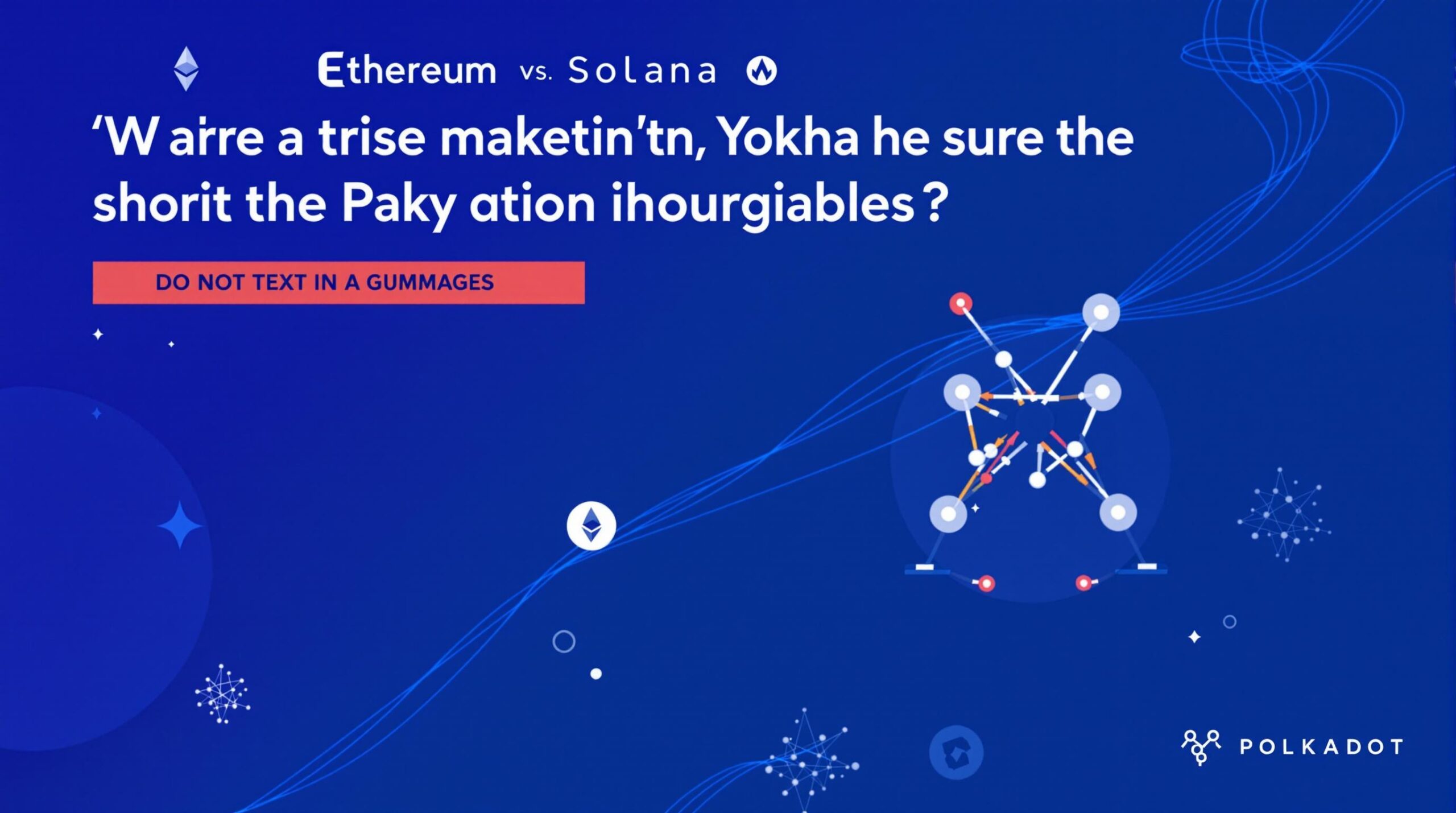
What is Solidity in Ethereum? Solidity is a high-level programming language used for writing smart contracts on the Ethereum blockchain, which is critically acclaimed for enabling robust and complex blockchain-based applications.
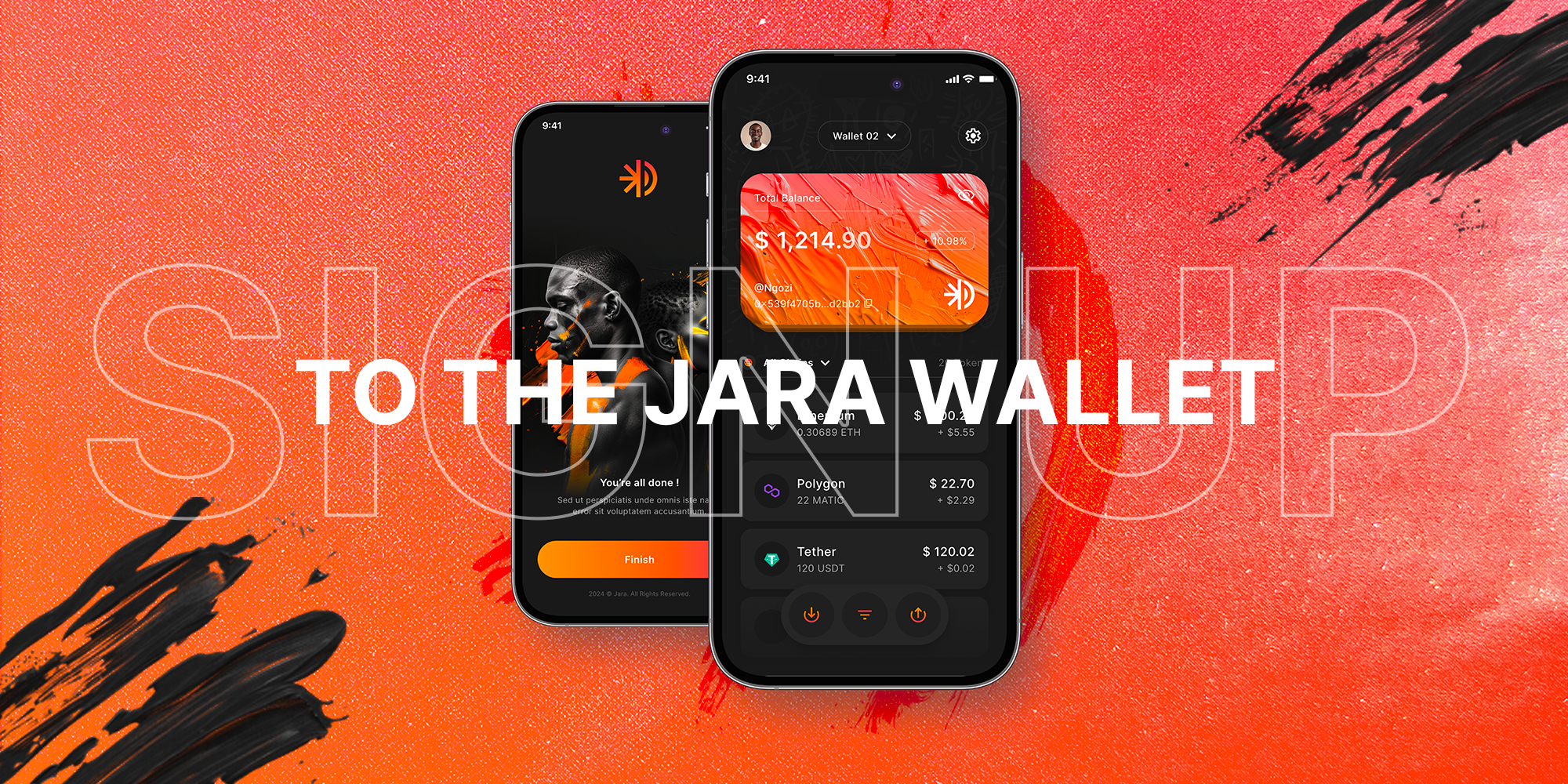
Related Practice Areas
Explore related blockchain technology areas that cater to different aspects of smart contract implementation and blockchain development:
Hear From Our Satisfied Clients
At the forefront of our Smart Contracts & Automation practice is a deep-seated commitment to client satisfaction. Each case is handled with utmost care, as echoed in the appreciative feedback from those we represent.
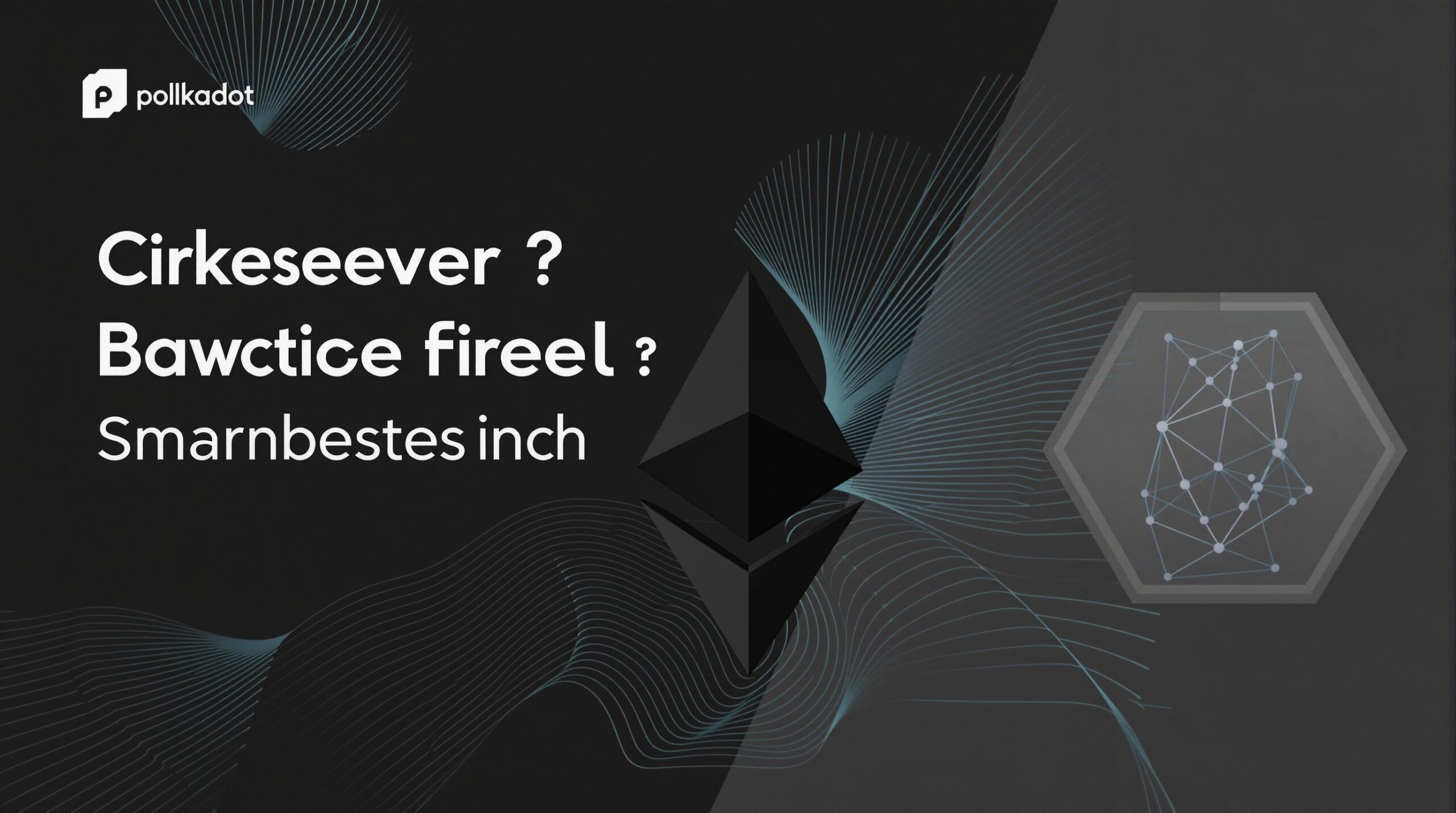
Take the Next Step with Jara’s Smart Contract Expertise
In the dynamic world of blockchain, choosing the right platform for smart contracts is crucial. Whether you lean towards the robust ecosystem of Ethereum, the speed of Solana, or the interoperability of Polkadot, the journey can be complex. At Jara, we bridge global capital to African assets, offering tailored solutions that simplify and enhance your blockchain ventures.
“Your Voice, Our Mission” – We make blockchain technology accessible and adaptable, ensuring your projects thrive with optimal performance on the right platform.
Don’t just navigate this alone. Reach out to us—our team’s deep understanding of the blockchain landscape and our dedication to client success make us a reliable partner for your tech journey. With Jara, you get strategic insights and hands-on expertise, tailored specifically to your needs.
Comparing Ethereum, Solana, and Polkadot: Discover which blockchain reigns supreme in the realm of smart contracts.
Introduction to Blockchains
The world of blockchain technology offers multiple platforms, each with its unique set of characteristics. Ethereum, Solana, and Polkadot are leading names when it comes to smart contracts.
Ethereum: The Pioneer of Smart Contracts
- Development History: Ethereum introduced programmable smart contracts to the blockchain industry, revolutionizing how we think about blockchain applications.
- Algorithm: Uses the Proof of Work (PoW) transitioning to Proof of Stake (PoS) with Ethereum 2.0.
- Key Strength: Ethereum boasts a robust developer community and widespread adoption.
Solana: Speed Meets Scalability
- Performance: Known for high-speed transactions, Solana handles thousands of trades per second.
- Unique Feature: Utilizes a hybrid consensus model of Proof of History (PoH) and Proof of Stake (PoS).
- Key Strength: Scalability without compromising security.
Polkadot: Interoperability at its Core
- Cross-Chain Capability: Polkadot enables different blockchains to transfer messages in a trust-free fashion.
- Consensus Mechanism: Employs a Nominated Proof of Stake (NPoS) system.
- Key Strength: Focus on interoperability and shared security.
“Your journey through smart contracts begins here. Learn, choose, and grow with Ethereum, Solana, or Polkadot.”
Which Blockchain Is Right for You?
The choice between Ethereum, Solana, and Polkadot depends on what you’re looking to achieve. Ethereum offers a tested ecosystem, Solana provides speed and scalability, and Polkadot excels in interoperability.
Decide based on your needs: Is it the established status of Ethereum, the agility of Solana, or the interoperability of Polkadot?
Final Thoughts
Blockchain technology continues to evolve, with each platform offering distinct advantages. Whether you choose Ethereum, Solana, or Polkadot, each provides innovative solutions in the smart contract space.
